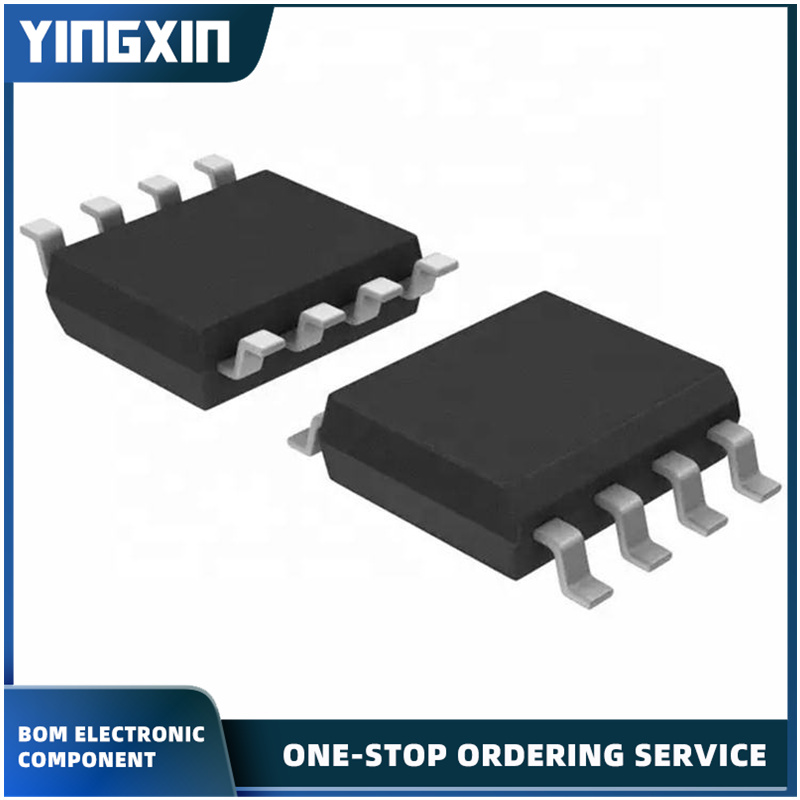Integrated circuits (ICs) have revolutionized the world of electronics, transforming bulky, power-hungry devices into sleek, efficient, and powerful tools that fit in the palm of our hands. This blog delves into the fascinating journey of integrated circuits, from their basic forms to the largest and most complex designs, and highlights key players in the industry, including Bowei Integrated Circuits and Bruco Integrated Circuits.
The Birth of Basic Integrated Circuits
The concept of the integrated circuit was first proposed in the late 1950s, with the first successful implementation by Jack Kilby at Texas Instruments in 1958. These early ICs, known as basic integrated circuits, were rudimentary by today’s standards but groundbreaking at the time. They combined a few transistors, resistors, and capacitors on a single piece of semiconductor material, typically silicon.
Basic integrated circuits paved the way for the miniaturization of electronic devices. Before ICs, electronic circuits were built using discrete components, which were bulky and prone to failure. The integration of multiple components into a single chip not only reduced size and weight but also increased reliability and performance.
The Rise of Bipolar Integrated Circuits
As the demand for more powerful and efficient electronic devices grew, so did the need for more advanced ICs. This led to the development of bipolar integrated circuits in the 1960s. Bipolar ICs use bipolar junction transistors (BJTs), which offer higher speed and better performance compared to the earlier metal-oxide-semiconductor (MOS) transistors.
Bipolar integrated circuits found widespread use in applications requiring high speed and high power, such as analog signal processing, radio frequency (RF) circuits, and power management. Despite their advantages, bipolar ICs also had drawbacks, including higher power consumption and more complex manufacturing processes.
The Advent of the Biggest Integrated Circuits
The relentless pursuit of more powerful and efficient ICs has led to the development of some of the biggest integrated circuits ever created. These ICs, often referred to as system-on-chip (SoC) or very large-scale integration (VLSI) circuits, can contain billions of transistors and perform a wide range of functions.
One of the most notable examples of the biggest integrated circuits is the Apple A14 Bionic chip, used in the iPhone 12. This SoC contains 11.8 billion transistors and integrates multiple components, including a central processing unit (CPU), graphics processing unit (GPU), neural engine, and image signal processor (ISP), all on a single chip. The A14 Bionic chip exemplifies the incredible advancements in IC technology, enabling unprecedented levels of performance and efficiency in consumer electronics.
Bowei Integrated Circuits: A Key Player in the Industry
Bowei Integrated Circuits is a prominent player in the IC industry, known for its innovative solutions and high-quality products. The company specializes in the design and manufacture of a wide range of ICs, including analog, digital, and mixed-signal circuits.
Bowei’s commitment to research and development has led to the creation of cutting-edge ICs that meet the demands of various industries, from consumer electronics to automotive and industrial applications. The company’s focus on quality and reliability has earned it a reputation as a trusted supplier of integrated circuits.
Bruco Integrated Circuits: Pioneering Custom IC Solutions
Bruco Integrated Circuits is another key player in the IC industry, renowned for its expertise in custom IC design and development. The company offers a comprehensive range of services, from initial concept and design to prototyping and production.
Bruco’s custom IC solutions are tailored to meet the specific needs of its clients, ensuring optimal performance and efficiency. The company’s team of experienced engineers and designers work closely with clients to develop innovative solutions that address their unique challenges and requirements.
The Future of Integrated Circuits
The evolution of integrated circuits shows no signs of slowing down. As technology continues to advance, we can expect to see even more powerful and efficient ICs that push the boundaries of what is possible. Emerging technologies, such as quantum computing and artificial intelligence, will drive the development of new types of ICs that can handle the complex computations and data processing required by these cutting-edge applications.
In addition, the ongoing trend towards miniaturization and integration will continue, with ICs becoming even smaller and more capable. This will enable the development of new and innovative electronic devices that are more powerful, efficient, and versatile than ever before.
Conclusion
The journey of integrated circuits, from basic designs to the biggest and most complex systems, has been nothing short of remarkable. Companies like Bowei Integrated Circuits and Bruco Integrated Circuits have played a crucial role in this evolution, driving innovation and delivering high-quality solutions that meet the needs of various industries.
As we look to the future, the continued advancement of IC technology promises to bring even more exciting developments, transforming the way we live, work, and interact with the world around us. The impact of integrated circuits on modern society cannot be overstated, and their evolution will undoubtedly continue to shape the future of electronics and technology.
Post time: Sep-14-2024

